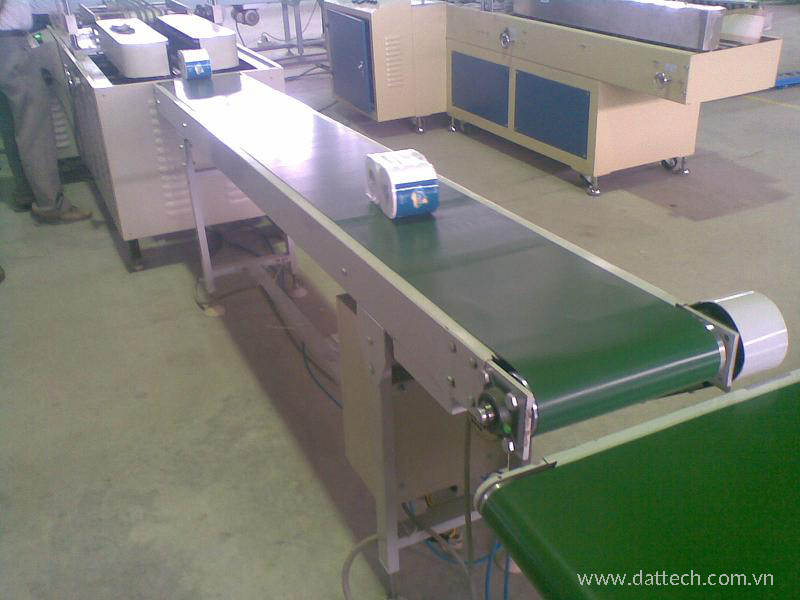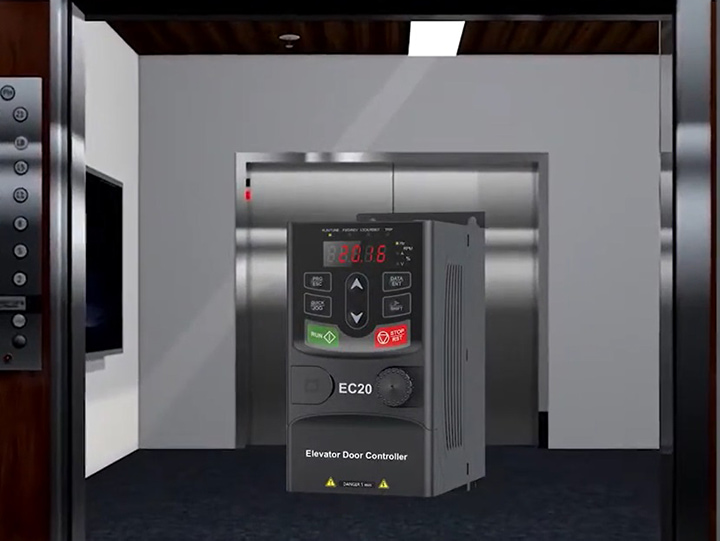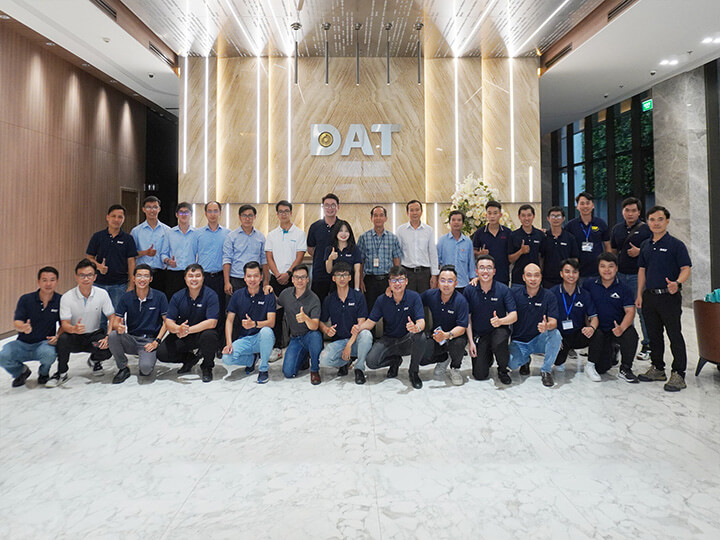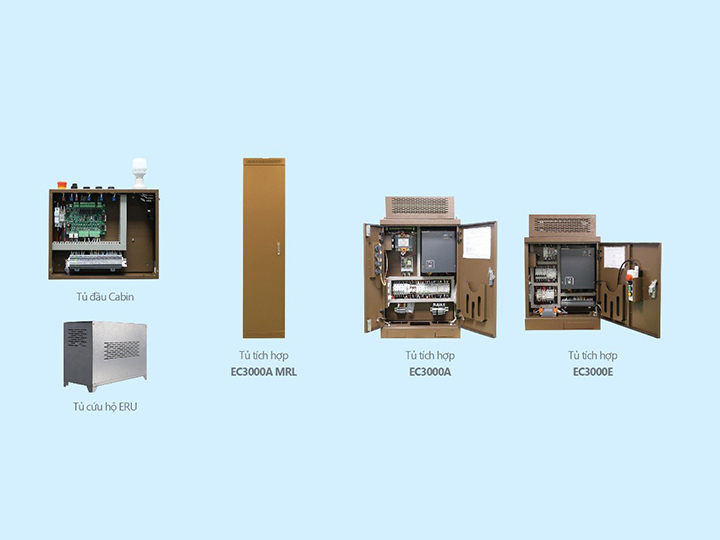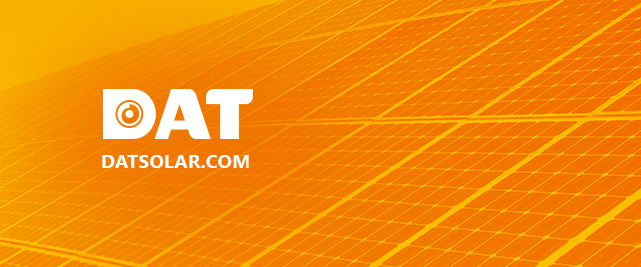Inverter enhances conveyor belt performance
Inverter helps protect Conveyor Belts and Mechanical Equipment by Accurately Controlling Motor Speed and Torque, Extending Conveyor Belt Operation Time and Reducing Operation and Maintenance Costs. At the same time, if a conveyor belt joint needs repair.
Using conveyor belt inverters ensures reliable operation, reduces maintenance costs, and saves energy consumption.
As we know, conveyor belts are widely used in many stages of the mining process, often under demanding conditions, with common issues being belt stretching, slipping, or breaking. Continuous conveyor belt operation will lead to wear and tear, becoming less reliable and prone to failures. For industries requiring continuous operation in production, conveyor belt failures can cause significant damage.
The inverter helps protect conveyor belts and mechanical equipment by accurately controlling motor speed and torque, extending the operation time of the conveyor belt, and minimizing operation and maintenance costs. Additionally, if a conveyor belt joint needs repair, the inverter will control the conveyor belt’s movement to the precise location for convenient repairs.
Control for more stable conveyor belt operation
Conveyor belt drive systems have a very large starting torque. Large starting torque can damage mechanical equipment and overload power supplies. Especially on long conveyor belts, the starting load is even higher due to more material on the conveyor belt. In such cases, the startup process requires higher starting torque and current. Soft starters can be used to reduce starting current but also reduce starting torque. If the starting torque is not large enough to overcome the inertia of the conveyor belt, the conveyor belt will not start.
The inverter can generate high starting torque while still ensuring that the starting current is within the permissible limit of the grid, the starting current does not increase too high, and the grid voltage does not drop during the startup process. Additionally, INVT inverter
can adjust the power factor to a stable value, thereby contributing to grid stability. With a more stable grid, all electrical equipment in the factory operates more reliably, improving productivity and reducing breakdowns. Smooth conveyor belt startups with controlled torque also reduce belt tension and slipping.
In addition to minimizing conveyor belt operation failures, inverters provide efficient operation by accurately controlling the motor’s speed and torque, allowing for the adjustment of conveyor belt speed to suit production process requirements. Inverters can also be connected to the factory’s automation system to monitor load, speed, and calculate total load.
If mechanical conditions permit, inverters can increase motor speed as needed. For applications requiring inverters to control motors running below rated speed, cooling motor issues may arise when using self-cooled motors. For such applications, forced-cooled motors are preferable.
Energy savings
Energy is saved by running the motor at low speed according to the load requirements and by saving due to the elimination of reactive power compensation devices.
Moreover, in cases where conveyor belts have multiple downhill sections, the conveyor belt’s mechanical energy can be converted into electrical energy and returned to the grid with regenerative inverters. Using inverters, the conveyor belt can run smoothly over the entire load path, unaffected by the shape or curvature of the path. Mechanical energy when the conveyor belt runs downhill can be returned to the grid with regenerative inverters. Additionally, this mechanical energy can also be utilized with multidrive inverter systems, where one inverter controls multiple motors simultaneously. Multidrive inverters share a common DC bus. In this case, the mechanical energy generated from the motor running downhill (conveying material on downhill sections) is used to run another motor in motor mode.
Using GD200A inverter from INVT with control modes: V/F control, sensorless vector control (SVC), torque control. The GA200A inverter also provides another benefit in allowing the motors to share the load. Motors that can share the load will not have to operate under heavy loads, so the motors are less likely to overheat, fail, and the material loading process will be less interrupted.
The GD200A inverter with automatic output voltage stabilization function when the input supply voltage fluctuates abnormally also detects when the load on the conveyor belt suddenly increases, the required torque suddenly increases. Therefore, it quickly detects these changes and can respond immediately. Another control system inverter may stop in these situations.
Furthermore, the GD200A inverter also has protection functions: Protection against faults such as overcurrent, overvoltage, undervoltage, overheating, phase contact, phase loss, phase imbalance, output line breakage, overload, etc., and still operates well when the input supply voltage is low three phases 320Vac.
Inverters for long conveyor belts
Midland Quarry Products in Leicester, UK, has one of the longest quarrying conveyor belts with variable speed at Old Cliffe Hill. The conveyor belt is over 1.5 km long and transports granite from the quarry, through a 713m underground tunnel, before being transported to the secondary processing plant.
Before being transported, the granite is crushed by a 450kW, 3.3kV motor-driven crusher. The conveyor belt system consists of 6 separate conveyor belt sections, each with a width of 1600mm and different lengths. The primary granite processing section (crushing + conveyor belt) operates at a capacity of 2500 tons/hour and is the main part of the entire processing process. The speed of the conveyor belt is controlled by the inverter. The first conveyor belt uses 2 200kW inverters; 3 conveyor belts use 1 200kW inverter each; and the last conveyor belt uses a 132kW inverter.
Two inverters are used in the conveyor belt, ensuring that one inverter controls the operation and the other follows. This limits asynchronous operation of motors, which can lead to conveyor belt damage.
The conveyor belt with the inverter stops when the granite is placed on the conveyor belt, then the inverter gently starts the motor, gradually bringing the conveyor belt back to operating speed. Without the inverter, the motor may be overloaded and burned out.
Using inverters helps accurately control the speed and position of the conveyor belt to transport the granite to the correct stone storage.
Simplification of design
Inverters help simplify the design of conveyor belt systems, reducing investment and maintenance costs. With motor speed adjusted to the application, simpler drive boxes can be used in the conveyor belt system. In some cases, the drive box can be completely removed, increasing the efficiency of the conveyor belt system. Asynchronous motors are used with the advantage of a robust structure and low maintenance costs.
The drive process is smoother, reducing overloading in drive joints and gearboxes, increasing the life of these mechanisms.
Inverters can also make conveyor belt maintenance easier by allowing motor rotation reversal. Inverters allow for reversal and stopping of the conveyor belt at the necessary location for convenient repairs. If the conveyor belt gets stuck, the inverter can detect it and stop the conveyor belt.
By improving stability, reducing maintenance costs, more accurate control, and energy savings, the inverter clearly brings many benefits to the conveyor belt and mining equipment in general.


